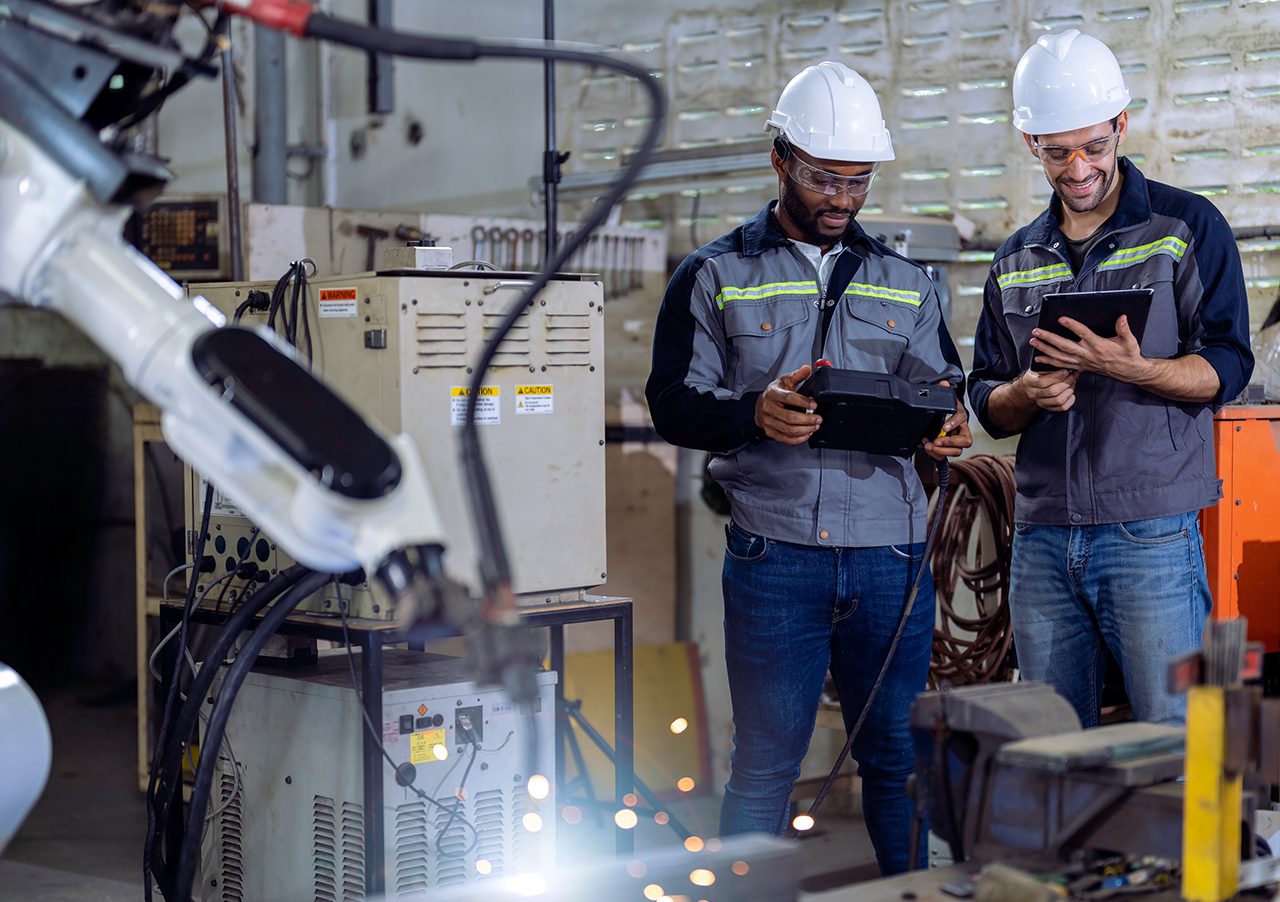Building Durable Mobile Devices for Use in Tough Industries


By their nature, mobile devices are not restricted to the realms of safe, air-conditioned offices or conference rooms. With modern business operations so heavily dependent on technology, it logically follows those devices will evolve to accommodate the changing demographics of the end user. Tablets and phones are out in the field, on construction sites, in vehicles moving along icy backwoods roads, and even docked in emergency response vehicles. As such, they need to be built with some degree of ruggedization to take a beating, while remaining connected and functional.
What Makes a Device Rugged?
Building a rugged or semi-rugged device involves certain hardware specifications. Manufacturers can and do build accessories to make non-rugged devices more durable; however, if a true rugged device is needed then the design process must be taken a step further. This could include building with water or dust-resistant materials, backlit displays built to be readable in even the harshest sunlight, even features as simple as push-to-talk buttons for industries where end users might be required to wear utility gloves while on duty. Ruggedization is measured in “tiers,” where devices are tested against exposure to foreign materials and earn Ingress Protection (IP) ratings based on their performance. An IP rating is broken down into two numbers, with each number representing protection rates against solid and liquid contaminants respectively. For a device to be considered “fully rugged,” it must have a minimum rating of IP54, but certain working environments require even higher ratings than that.
So, which industries have the greatest need for devices that can take a hit and still function like they’re fresh off the factory floor?
Manufacturing
Speaking of factory floors, manufacturing centers can be a hazardous environment not just for personnel, but for devices as well. The extreme heat given off by molten metal on the smelting floor of a sheet metal factory for example could cause major malfunctions in a consumer-grade device that hasn’t been built and tested for use outside of an office setting. And in recent years, the implementation of 5G technology and the ability to upgrade legacy equipment with IoT sensors has increased the need for mobile devices that personnel can use to track inventory and identify potential issues on the assembly line, so there is an increased need for technology platforms that can maintain their performance in extreme conditions.
Logistics & Transportation
For fleet managers, peace of mind requires instant access to the geolocation of active drivers out in the field and continuous data streams to track trip progress, driver wellbeing, and inventory. To ensure access to this level of data, trucks must be outfitted with devices that can hold up over long drives in extreme temperatures, no matter the quality of the roads. Dashboard-mounted tablets, for example, can be built with specific connector types to prevent them from losing physical connection to the vehicle and to limit the potential for damage to the hardware caused by rough jostling or extended periods of vibration. These devices should be built to maintain their functionality if they are dropped or, in the event of an accident, become dislodged from their mounts and fall.
Public Safety
The umbrella of public safety ranges from state police to local volunteer fire departments. Though the technological needs of these groups may vary, their mission remains the same: to serve their communities. This service often requires them to enter dangerous environments and extreme conditions, such as fires, collisions, and confrontations with hostile actors, where off-the-shelf products just aren’t up to the task. Public servants need tools that can provide stable internet connections from anywhere, survive falls or extreme heat, and come equipped with cameras that can capture high-quality footage live from the scene of an incident.
A Device for Every Task
Technology has progressed to the point where operational success is dependent on devices that can perform in environments that are fundamentally hostile to electronics and various other materials. “Smart” cities, factories, hospitals, etc. that utilize wireless connectivity (such as 4G, 5G, Private LTE, or other IoT protocols) are going to continue to grow in number and scope. As these networked enterprises and operations become increasingly prevalent, and more use cases for flexible mobile platforms are discovered, the need for devices that can operate in any environment will grow accordingly.